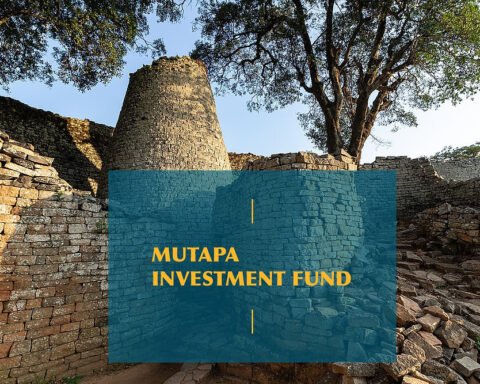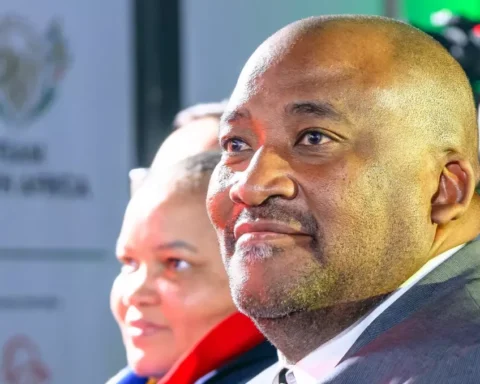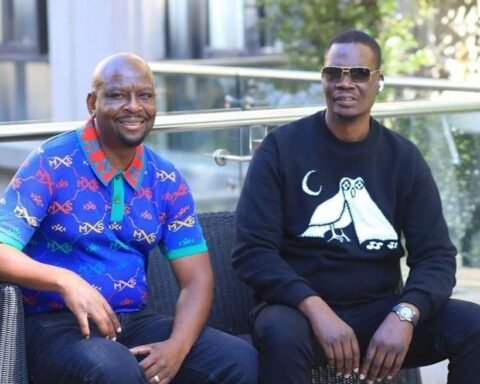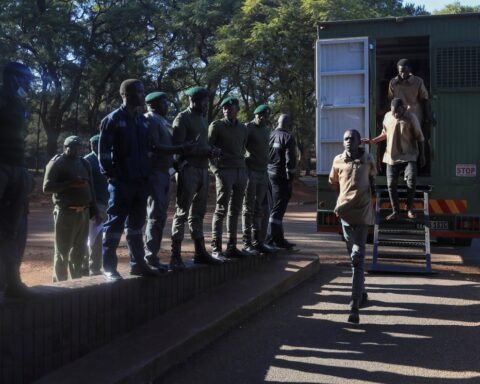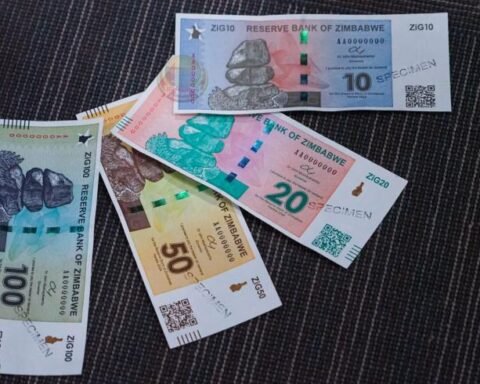In a bid to tackle the soaring electricity demand anticipated to nearly double in the coming year, ZESA Holdings, Zimbabwe’s primary electricity distribution company, is calling upon the mining sector to take up the mantle of generating their own power. This push, particularly aimed at ferrochrome mining companies, comes at a time when the country is witnessing a significant increase in energy consumption, driven by the expansion of mines and the growing number of households joining the national grid.
Eliab Chikwenhere, the Acting Chief Executive Officer of ZESA Holdings, highlighted the urgency of the situation during his presentation to the Parliamentary Portfolio Committee on Energy and Power Development on Tuesday. Chikwenhere noted, “With the increase in demand from the current 1,950MW, and taking into account the new applications we have received, especially in the mining sector, in the coming year, we expect the figure will encroach 3,500 MW. We are discussing with mining companies, especially in the ferrochrome sector, that they have to generate their own power.”
The surge in electricity demand is attributed to the advent of new mines and the expansion of existing ones, coupled with the incremental number of houses being connected to the national grid. In an effort to mitigate this rising demand, ZESA Holdings has embarked on strategic partnerships and initiatives aimed at bolstering the nation’s energy reserves.
A significant step in this direction is the tariff agreement signed between ZESA Holdings and Dinson Holdings. Under this agreement, ZESA will provide subsidised electricity to Dinson, which in return, commits to the construction of three renewable energy plants. These projects, encompassing a 100MW solar plant at Selous, a 100MW wind-powered station at Manhize, and a 70MW facility harnessing waste heat at the iron and steel plant near Mvuma, mark a pivotal shift towards renewable energy sources in Zimbabwe’s industrial sector.
The renewable energy plants are set to power Dinson’s US$1.5 billion iron and steel plant, which is anticipated to be commissioned in January. This initiative not only exemplifies ZESA’s strategy to manage electricity demand but also showcases the growing trend of industrial self-sufficiency in power generation within Zimbabwe.
In line with ZESA’s vision, Caledonia Mining has already taken a step forward by constructing a 12MW solar power plant at its Blanket Mine in Gwanda, demonstrating the feasibility and benefits of self-generated renewable energy in the mining sector. Similarly, Golden Valley Mine is in the process of establishing a 7MW solar power plant at its gold mine in Kadoma, further underlining the mining industry’s role in contributing to the stability and sustainability of Zimbabwe’s power supply.
As Zimbabwe grapples with the challenges of increasing energy demand, the shift towards self-generation and renewable energy sources among mining companies not only alleviates pressure on the national grid but also paves the way for a more sustainable and energy-secure future.




